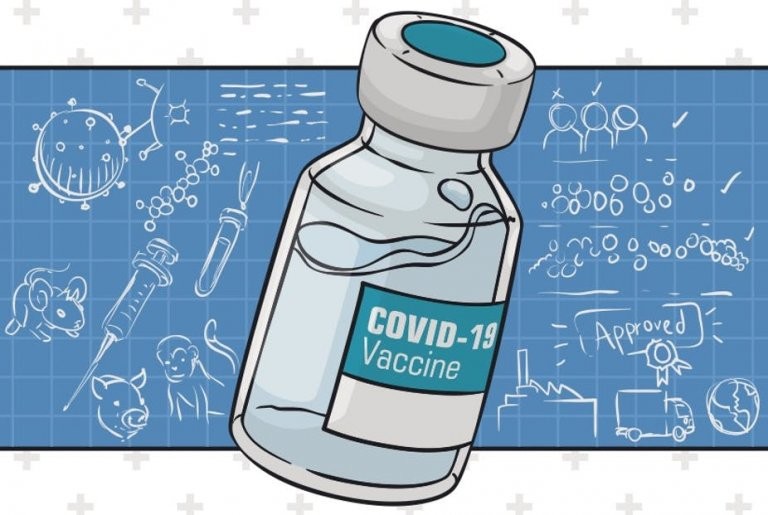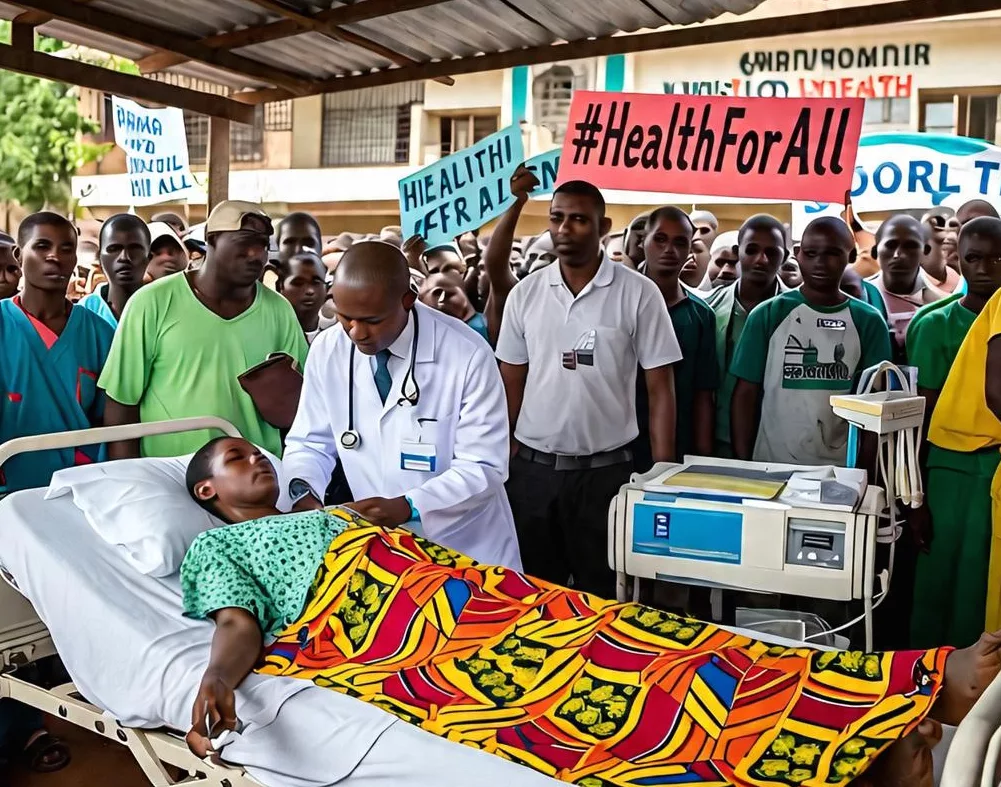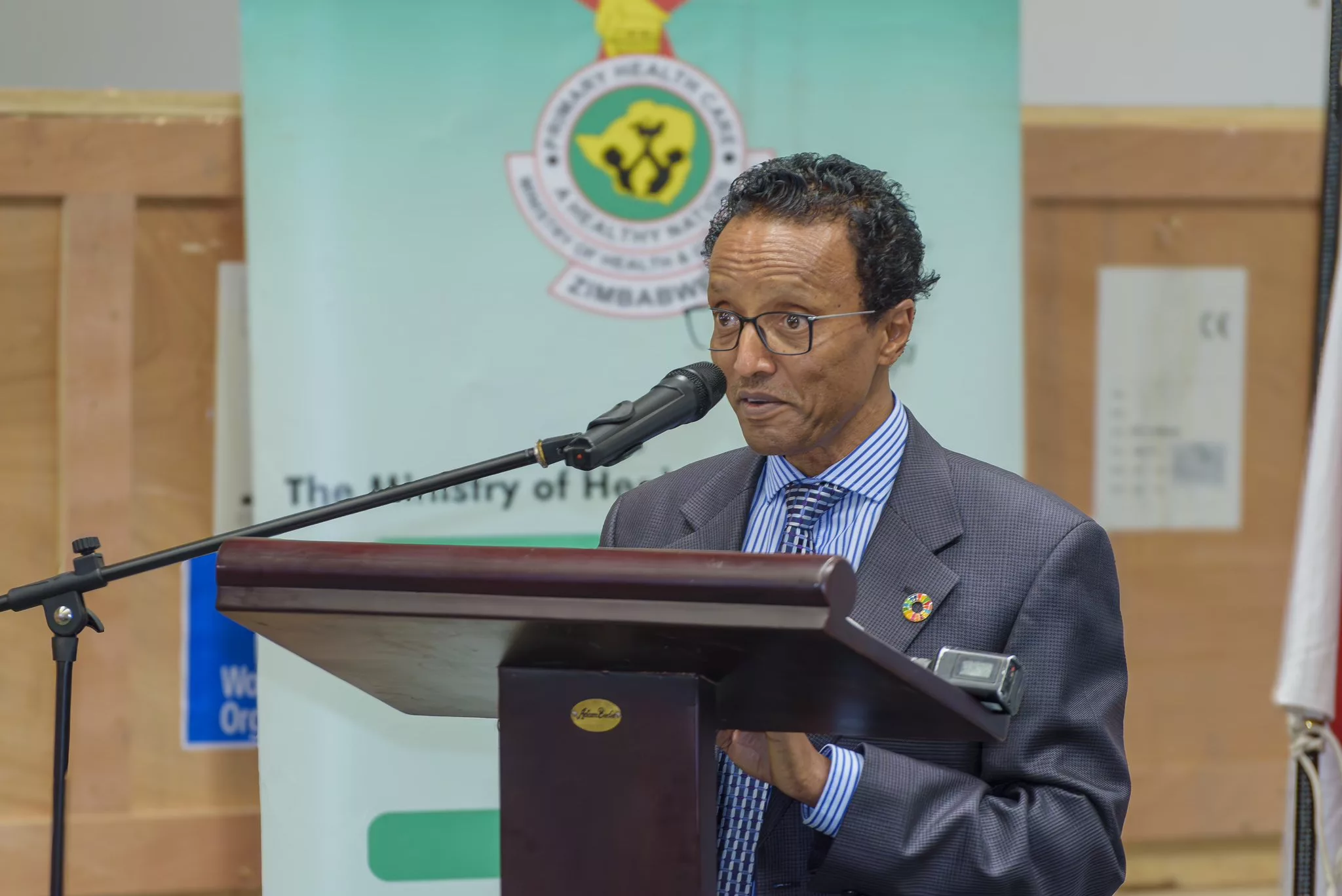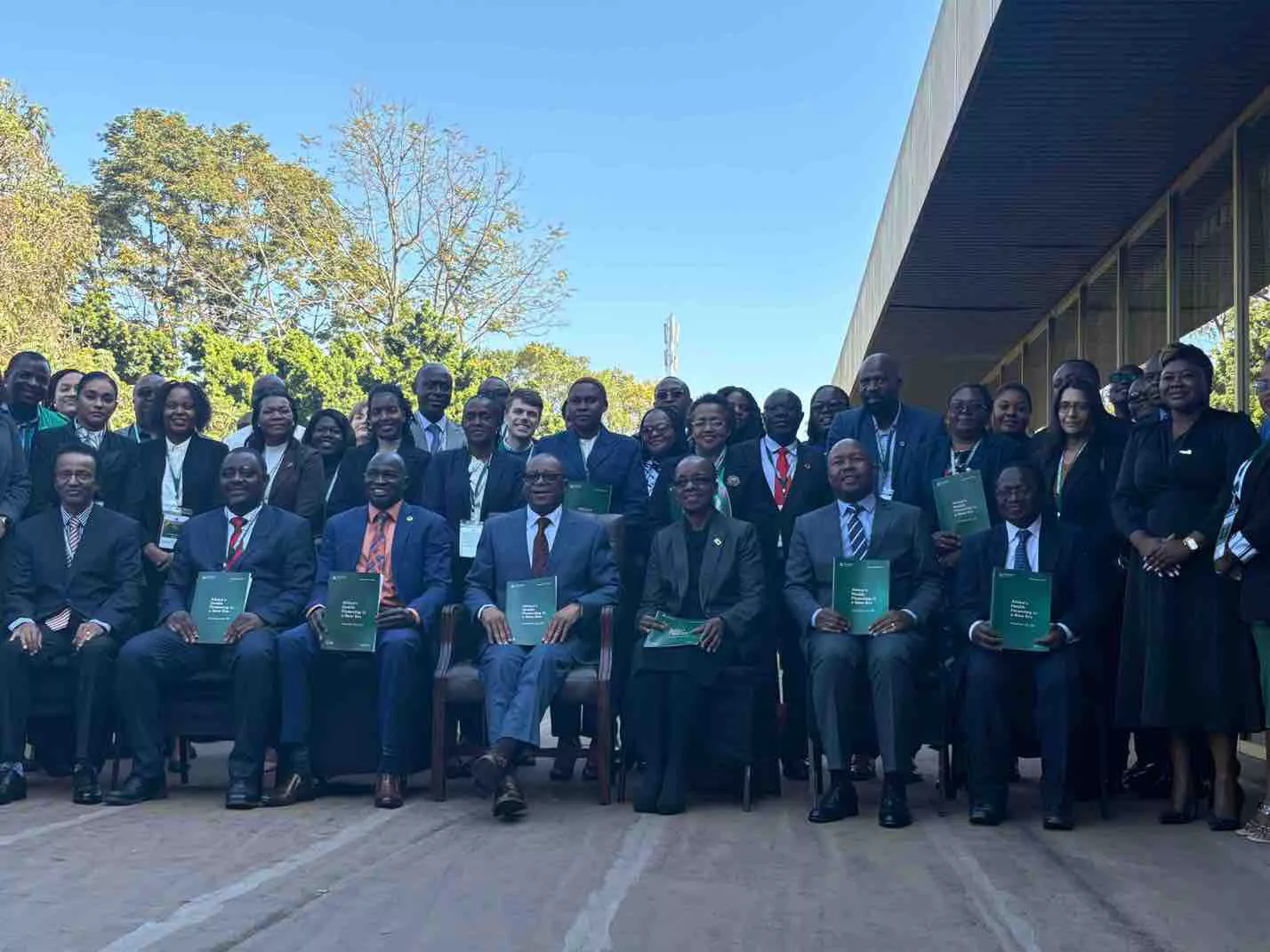One year after the COVID-19 pandemic turned the world on its head, the Stop TB Partnership on 18 March 2021 shared new data showing that nine of the countries with the most tuberculosis (TB) cases—representing 60% of the global TB burden—saw a drastic decline in diagnosis and treatment of TB infections in 2020, ranging from 16%-41% (with an average of 23%). The drop brought the overall number of people diagnosed and treated for TB in those countries to 2008 levels, a setback of 12 years.
“Twelve years of impressive gains in the fight against TB, including in reducing the number of people who were missing from TB care, have been tragically reversed by another virulent respiratory infection,” said Dr. Lucica Ditiu, Executive Director of the Stop TB Partnership. “In the process, we put the lives and livelihoods of millions of people in jeopardy. I hope that in 2021 we buckle up and we smartly address, at the same time, TB and COVID-19 as two airborne diseases with similar symptoms.”
In addition to the worldwide drop in TB diagnosis and treatment, data emerging from India and South Africa shows that people coinfected with TB and COVID-19 have three times higher mortality than people infected with TB alone. This makes contact tracing, case finding and bi-directional TB and COVID-19 testing essential.
“After less than a year, a vaccine was developed and is now being deployed to help contain, and hopefully end, the COVID-19 pandemic,” said Thokozile Phiri Nkhoma, Stop TB Partnership Board Member representing communities affected by TB. “But although TB has been around since the time of the pharaohs, the only approved vaccine is 100 years old and doesn’t fully work, especially in adults. First-line TB treatment for TB is several decades old, and drug resistance is on the rise, while the millions of people with TB who are not found and treated remain at risk of spreading the disease.”
In May 2020, a modelling study conducted by Stop TB Partnership in collaboration with Imperial College, Avenir Health, Johns Hopkins University and USAID predicted the impact of COVID-19-related measures on TB. In the study, the authors concluded that while stringent COVID-19 responses may only last months, they would have a lasting effect on TB in high-burden settings, seen mainly through how they limit outreach that focuses on TB diagnosis and treatment.
Projections showed that at the global level, a three-month lockdown, followed by a protracted 10-month restoration could lead to an additional 6.3 million cases of TB between 2020 and 2025 and an additional 1.4 million TB deaths during this time. Global TB incidence and deaths in 2021 would increase to levels last seen between 2013 and 2016, respectively – implying a setback of at least 5 to 8 years in the fight against TB due to the COVID-19 pandemic.
Twelve months later, new data shows that the numbers are even worse. The findings released today were determined by looking at the diagnosis and treatment statistics for Bangladesh, India, Indonesia, Myanmar, Pakistan, Philippines, South Africa, Tajikistan, and Ukraine—nine countries that together represent 60% of the global TB burden—and comparing data from 2020 with 2019. In these countries TB diagnosis and enrolment on treatment in 2020 declined by a total of 1 million, ranging from 16%-41% (average 23%) in individual countries.
Urgent recovery needed
The TB programs of several high TB burden countries have made efforts to recover. Some have been more successful than others. India was one of the first countries where the dramatic decline in TB notifications was seen—the national government’s TB notification system, “Nikshay,” reported a 70% drop between the 10th and 15th weeks of 2020. A high-level committee under the chairmanship of the Indian Minister of Health developed a rapid response plan by August 2020, with a primary goal of integrating TB outreach into all COVID-19 programming, taking advantage of how both infections attack people’s respiratory systems.
“TB didn’t go anywhere when the COVID-19 pandemic hit,” said Dr. Harsh Vardhan, Minister of Health and Family Welfare, India. “People just got distracted, health workers were redirected, and health systems became overwhelmed. Recovery efforts succeed with political leadership and substantial resources, along with an insistence that COVID-19 outreach and prevention efforts include TB work, instead of replacing it.”
Boosted by a public commitment from the Prime Minister, efforts to locate TB and COVID-19 cases in all health care facilities intensified, and rapid molecular testing for TB expanded. Bi-directional screening of TB and COVID-19 took place for people displaying influenza-like illness and severe acute respiratory infections. Contact tracing systems and testing for TB linked to COVID-19 contact tracing were quickly set up. Private sector TB care facilities were reopened, and digital tools were rolled out to help patients stick to treatment regimens, among other measures.
In the data brief released today, the Stop TB Partnership calls for global investment in TB outreach and treatment as response to the COVID-19 pandemic. Further to this, the world needs to strategically prepare for future airborne pandemics building on the investments and strategies in TB response, including infection control; bi-directional testing and contact tracing; communities, civil society networks and primary health care as diagnosis entry points; and expanding the laboratory networks to support integrated approaches to tackling TB and COVID-19.






